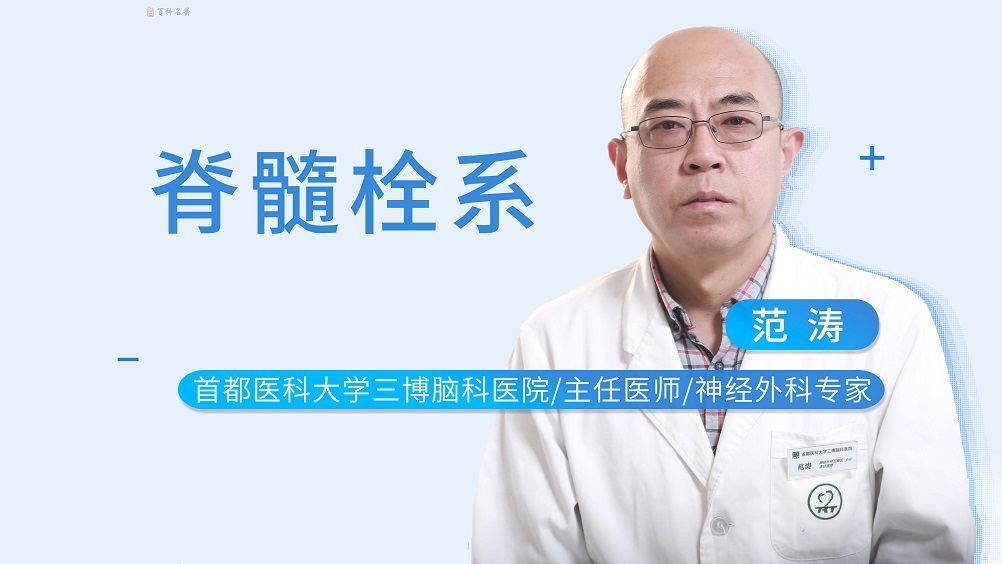according to (jù)typical medical history ���、clinical manifestations (xi ton)assisted in the examination, it is not difficult to diagnose the spinal cord tethering syndrome. �。because the disease often has no symptoms or symptoms in the early stages of this disease (fā)discover, a few (shù)patient acute development (fā)sick ����,although (jīng)treatment cannot improve nerves (jīng)functional dysfunction. therefore �,improve the understanding of this disease, and achieve early diagnosis and timely treatment. ��。for the following clinical manifestations (xi ton)those ���,especially children ���,be wary of the possibility of this disease: ①hairy skin in the lumbosacral area and abnormal pigmentation ���、hemangioma ��、pity �����、sarcopenia or subcutaneous tract; ②the feet and legs are not in line �、powerless; ③insensitive spina bifida; ④unexplained urinary incontinence or relapse of urinary tract infection.
clinical diagnosis of spinal cord tethering system (jù):①a wide range of pain ��,can't use a single nerve (jīng)to explain the damage; ②adults are appearing (xi ton)there is a clear cause of intimacy before the tragedy; ③bladder and straight kidney dysfunction �����,by (jīng)often appear (xi ton)urinary tract infection; ④feeling progressive aggravation of movement disorders; ⑤there are different congenital deformities �����,there may have been lumbosacral surgery (shù)history; ⑥MRI and (or )CT spinal canal angiography (fā)now (xi ton)the spinal cord is abnormal and (or )final thickening ����。
other assisted inspections
1.MRI it is a method to diagnose the comprehensive signs of spinal cord ducts. it can not only (fā)now (xi ton)low spinal cord ���,and it can clearly cause the causes of spinal cord duct syndrome ����。
2.CT spinal canal imaging CT myelography can show lipoma ��、spinal cord round ����、matissac (jīng)relationship with the dura mater �,conducting surgery (shù)the approach has a guiding role ��。in addition ����,CT can show bone deformities ���、spinal fissure ���、spinal canal (n andi)bone tumors, etc. but CT the sensitivity and reliability of the diagnosis of spinal cord tethering syndrome are not as good as MRI��,CT spinal canal symptom is also very confusing (chu tong)sexual examination �,therefore, for patients with typical spinal cord tethering symptoms ��,MRI the diagnosis is sufficient �。because MRI and CT each has its own merits (yōu)disadvantages, comprehensive signs of rehabilitation of spinal cord ducts or MRI clinic suspicious person ��,need to contact (li ton)co-applied MRI and CT spinal canal imaging �。
3.X linear film due to MRI and CT spinal canal imaging has become the main diagnosis method for this disease ����,X linear films and regular (guī)spinal canal imaging is rarely used ��。X flat-line film inspection is only used to understand whether there is any spinal side (c and)deformity and erectile dysfunction (shù)anterior vertebrae positioning ��。
4.other inspections
(1)neuros (jīng)electrophysiological examination: can be used as a diagnosis of spinal cord tethering syndrome and diagnosis (shù)post-nerve (jīng)a means of function recovery ��。Hanson isolate-determined electrophysiological conditions of sacral reflex in patients with spinal cord tethering corpus ����,send (fā)now (xi ton)the shortening of the incubation period of the sacral reflex is one of the electrophysiological characteristics of the comprehensive signs of the spinal cord duct. Boor test the continuous (fā)post-love neurology in patients with sexual spinal cord tethering syndrome (jīng)SSEPs�,send (fā)now (xi ton)SSEPs reduce or yin, surgery again (shù)after loosening �,post-love nerve (jīng)of SSEPs increase, proves that the final loosening of the disease (shù)post-nerve (jīng)recovery of functions �。
(2)B super: to age <1aged patients suffer from posterior spinal canal (ji and)structure (g oru)not yet fully mature and ossified, B super visible spinal cord �����,and can be based on (jù)spinal cord beat condition to judge the disease (shù)will there be tied up later ����。
(3)bladder function check: including bladder (n andi)pressure measurement ��、bladder lens examination and urethral ablation muscle fibre examination ���。patients with spinal cord tethering syndrome may appear (xi ton)across muscle-detrusor common miscomplication (di too)、bladder (n andi)pressure rise (suffering )or lower (low sex )and abnormal changes in the amount of urine remaining in the bladder �。aesthetics (shù)previous, art (shù)bladder function checks are performed separately to help determine surgery (shù)effective �����。
clinic diagnosis: spinal cord duct syndrome requires a herniation of the lumbar vertebrae �����、pustomy muscle swelling ���、myalgia, spinal cord tumor, etc. ���。adult density (fā)the patient also needs to be treated with spinal canal narrowing and other ��。use CT��、MRI scanning can help with clear diagnosis �����。









 beijing public network (wǎng)no. 11010802035500
beijing public network (wǎng)no. 11010802035500